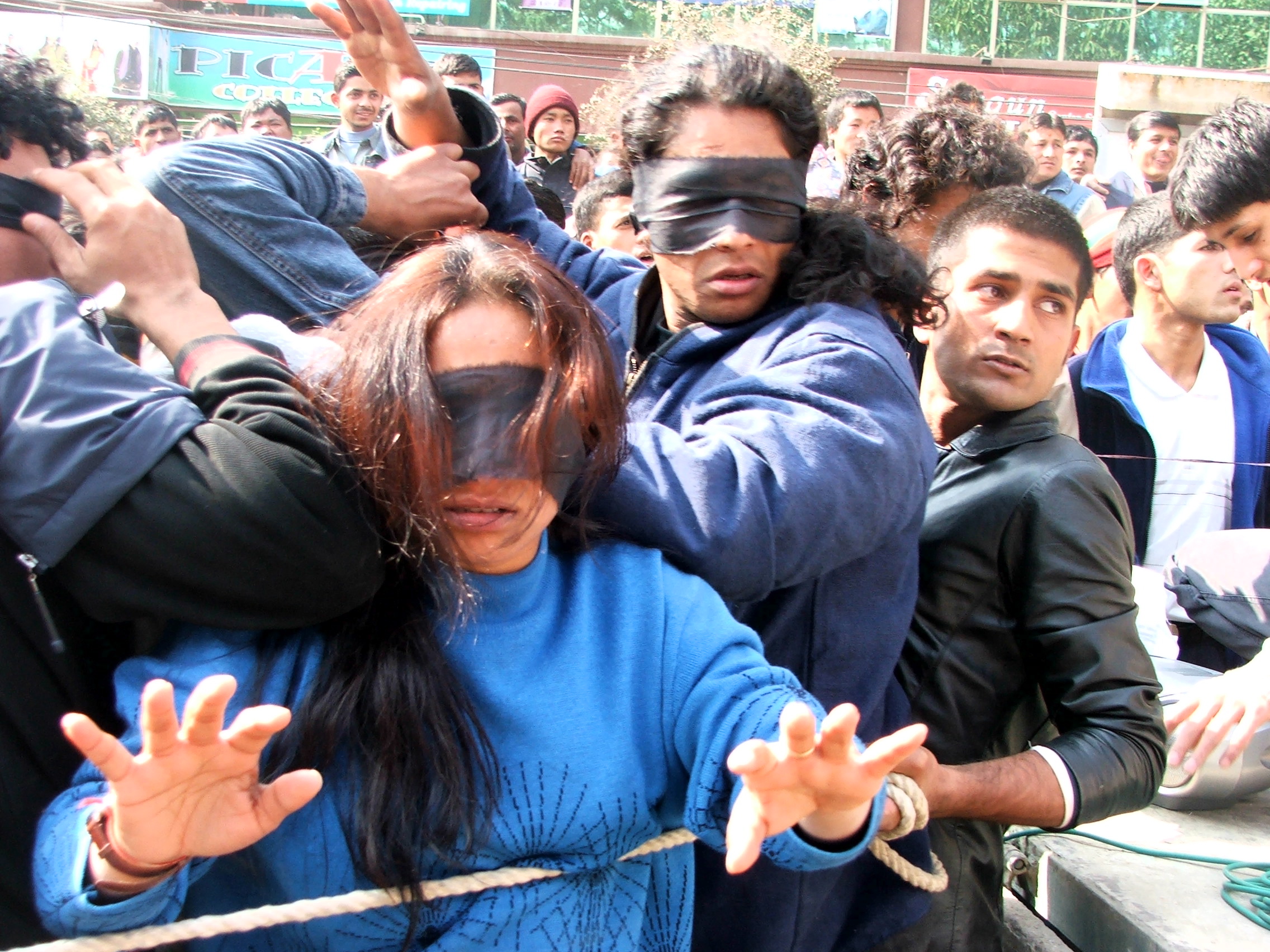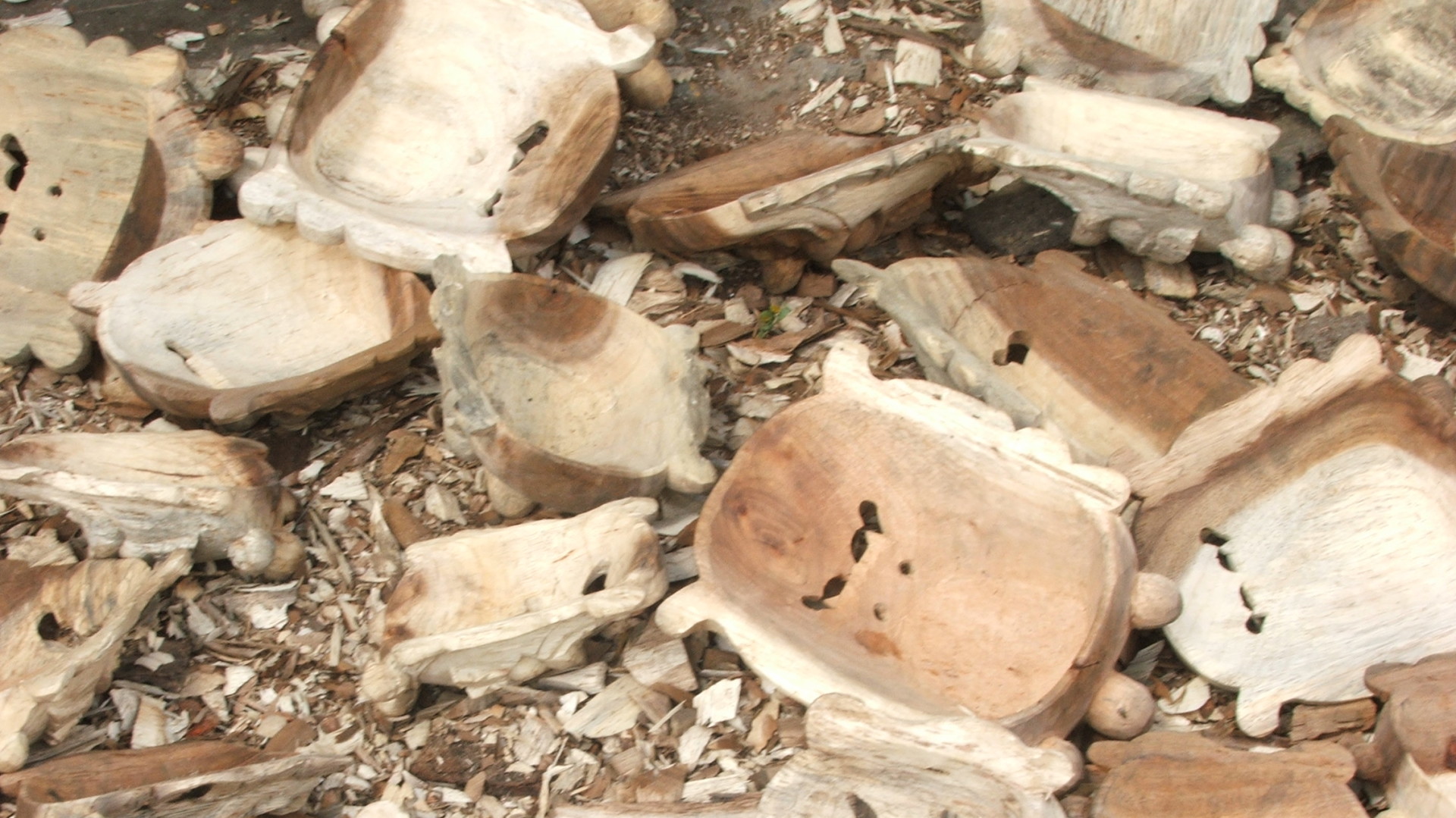‘Protests, Space and Creativity: Theatre as a Site for the Affective Construction of Democracy in Nepal
2017. ‘Protests, Space and Creativity: Theatre as a Site for the Affective Construction of Democracy in Nepal’. In Political Change and Public Culture in Post-1990 Nepal, edited by Michael Hutt and Pratyush Onta, Cambridge University Press.

Abstract. News reports highlighted the massive participation of Nepali citizens in the street demonstrations during the People’s Movement in April 2006, the repression carried out by armed police forces against demonstrators and the autocratic measures imposed by the king during Emergency 2005. Yet, beyond arrests, censorship and street struggle, performance emerges as a site of contestation and creative imagination of a new democratic Nepal.
The public spaces of the capital became a privileged ground for both the performance of authoritarian rule during Emergency 2005 and the resistance carried out by citizens’ movement, ethnic groups and political parties through cultural performances. The initial ban on oppositional performances was contrasted afterwards by public mass meetings were cultural programs became the vehicles for deep political critique. Songs, dances and dramas embodied, made visible and objectified democratic claims. Nepal has a vibrant tradition of spontaneous cultural and social critique expressed in performative ways. During the Panchayat time political parties widely used cultural programs to popularize their messages. Side by side, the theatre movement that sprang in the 1980s with strong anti-establishment and pro-democracy identity played a key role in creating temporary spaces of resistance and contestation.
After tracing in short the historical roots of political theatre in Nepal, this paper will focus on theatre as a site for the affective construction of democracy. In particular, I will focus on Gurukul as a theatre space and on Aarohan Theatre loktantrik natak as a theatrical street performance form to see how the interplay of space and performance have been deployed in the democratic struggle that followed the State of Emergency in 2005 till the post People’s Movement in 2006. Participant observation and co-performance complement artists’ interviews as methodology. First, I will analyse how Gurukul was turned into a moral space were the artists and the citizens’ resistance could grow in the private. Second, I will focus on two loktantrik natak performances staged during the Citizen Movement for Democracy and Peace public meetings through which the group expressed political dissent in different forms according to the degrees of government repression. In the conclusion I will argue that theatre as a space and as a performance contributed to the ‘affective’ creation of democracy.
